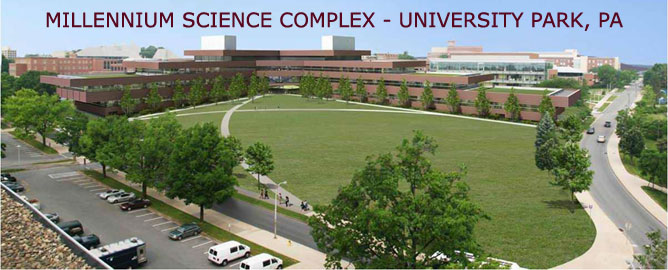THESIS PROPOSAL
KGB Maser Revised Team Proposal Version 3 (Click title for PDF)
Summary of Changes:
- Lateral system redesign changed to analysis of existing lateral system
KGB Maser Revised Team Proposal Version 2 (Click title for PDF)
Summary of Changes:
- Cantilever courtyard lighting design re-inserted with the decision to continue the cantilever structural redesign
- Laboratory lighting design has been removed and replaced with the above mentioned design
KGB Maser Revised Team Proposal (Click title for PDF)
Summary of Changes:
- Phase change materials will no longer be examined due to lack of information to produce viable analysis
- The cantilever courtyard lighting and electrical design is repaced with lighting and electrical design for a laboratory space
- Column concept changed from using one support under the cantilever to using multiple supports with architectural interest
KGB Maser Team Proposal (Click title for PDF)
Download a copy of the presentation:
- PDF
KGB Maser's proposal report contains the team strategy to research and redesign various aspects of The Pennsylvania State University’s Millennium Science Complex. The team, which consists of Jason Brognano, Michael Gilroy, Stephen Kijak, and David Maser, will work in an integrated fashion using Building information modeling programs throughout the semester. The primary goal of KGB Maser’s investigation is to reduce the energy consumption of the building and offset initial increases in the cost of the building.
Three specific aspects of the analysis are:
- Decreasing the energy required by the mechanical distribution system and laboratory fume hoods
- Enhancing the façade to benefit all systems redesign
- Decreasing the structural cost to warrant upgrades within other systems
The redesign of the mechanical system will include an analysis of replacing VAV systems in the office spaces and less dense fume hood lab spaces with a chilled beam and dedicated outdoor air system. Also, the face velocity of fume hoods will be analyzed for energy efficiency and operator safety.
The façade redesign will incorporate structural concerns, constructability issues, and impact the energy use of the building. Phase change material will be used in glazing to address daylight concerns and in drywall to maintain more consistent room temperatures. Decreasing the weight of the precast panels will affect the structural system by reducing the bearing load on exterior columns. The cost and scheduling of newly designed panels will be tracked as well.
The existing structural system has been drastically affected by vibrational and architectural parameters. Changing the cantilever to include a single column could save on cost and coordination time. The proposed solution will yield a less costly structure if it is found to be aesthetically pleasing. Vibrational concerns have necessitated the use of larger, stiffer members in the floor and lateral systems. Castellated beams could be used to reproduce the stiffness needed for vibration and will provide an opportunity to enhance coordination with distribution systems.
Each member will be responsible for a portion of a collaborative building information model that will be used throughout the spring semester to coordinate and communicate system designs between team members and advisors. BIM use will be tracked and analyzed at the end of the semester for effectiveness during research and redesign efforts for the Millennium Science Complex.


.jpg)
.jpg)

.jpg)